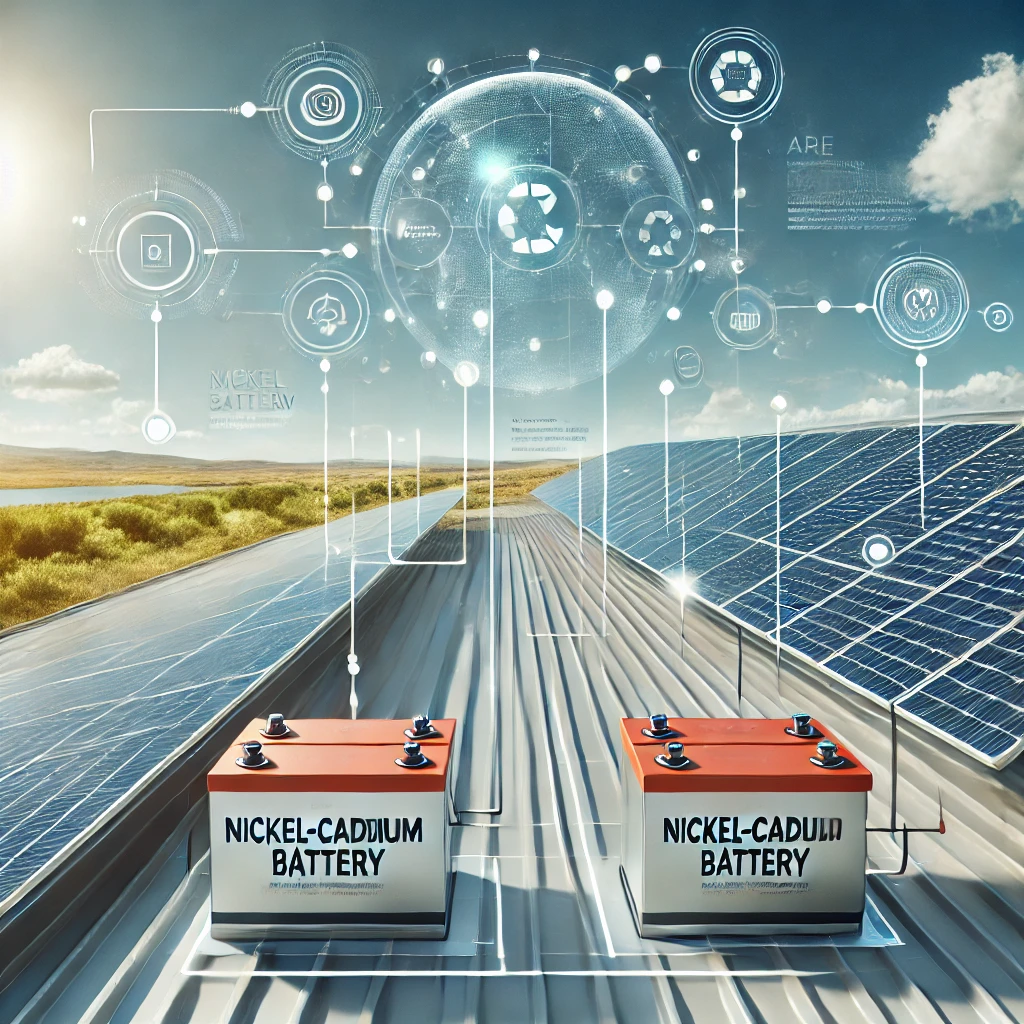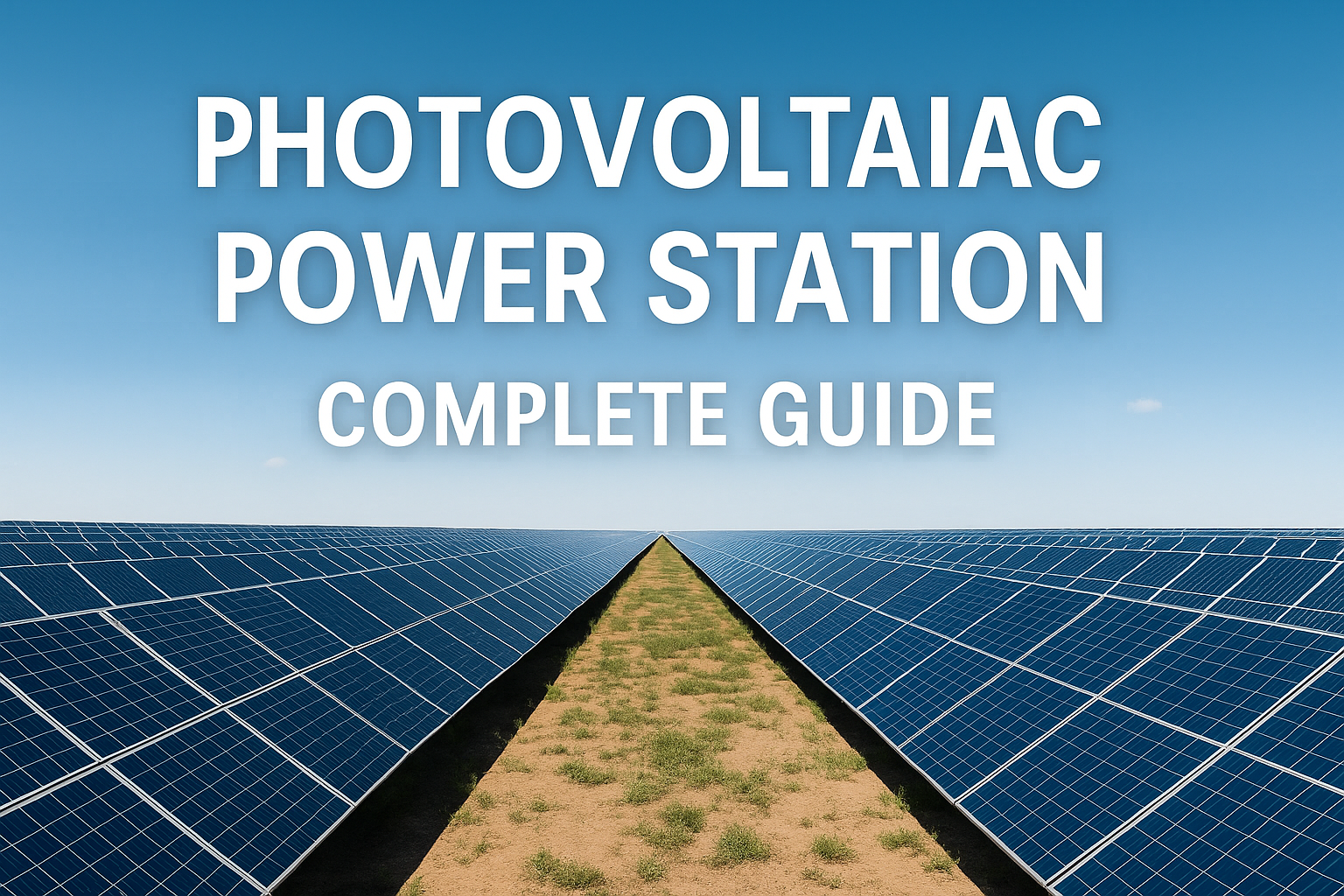Imagine cutting your electricity bill by 90% while adding $15,000 to your home’s value. Sounds too good to be true? Welcome to the world of solar energy in 2025, where homeowners are saving thousands annually by harnessing the power of the sun. But here’s the million-dollar question that’s keeping potential solar adopters up at night: should you choose monocrystalline or polycrystalline solar panels?
This isn’t just another technical comparison filled with jargon. This is your roadmap to making the smartest solar investment of your lifetime. We’ll uncover hidden costs, reveal installer secrets, and arm you with insider knowledge that could save you thousands while maximizing your energy production for decades to come.
The Great Solar Debate: Why Your Panel Choice Could Make or Break Your Investment
Every day, homeowners across America are making a critical decision that will impact their finances for the next 30 years. The solar panel technology they choose today determines not just their monthly savings, but their return on investment, property value increase, and environmental impact.
The stakes are higher than most people realize. Choose wrong, and you might:
- Leave thousands of dollars on the table over your system’s lifetime
- Need expensive system expansions sooner than expected
- Face higher maintenance costs and shorter panel lifespans
- Experience buyer’s remorse when neighbors get better performance for less money
But choose wisely, and you’ll join the ranks of satisfied solar owners who wake up each morning knowing their electricity meter is spinning backwards, generating money instead of bills.
Solar Science Simplified: The Crystal Clear Difference
Let’s strip away the technical complexity and focus on what really matters. Both panel types start with the same ingredient – silicon, the second most abundant element on Earth. But how that silicon is prepared creates two entirely different solar experiences, much like how diamonds and graphite are both carbon but behave completely differently.
Monocrystalline Panels: The Premium Performance Option
Think of monocrystalline manufacturing as creating a perfect diamond. Scientists grow a single, flawless silicon crystal under controlled conditions that would make a Swiss watchmaker jealous. This process takes place at temperatures hot enough to melt copper (1,414°C), requiring days of precise temperature control.
The Manufacturing Magic: The Czochralski process slowly pulls a seed crystal from molten silicon, growing a cylindrical ingot that’s so pure it would make laboratory-grade silicon blush. When sliced into wafers, these crystals create solar cells with no internal boundaries or grain structures to impede electron flow.
Visual Signature: You’ll recognize mono panels instantly by their distinctive black color and rounded cell corners – a dead giveaway of their cylindrical crystal origin. They’re the sleek sports cars of the solar world.
Polycrystalline Panels: The Practical Powerhouse
Polycrystalline manufacturing takes a different philosophy – think of it as creating beautiful mosaic art instead of a single perfect diamond. Molten silicon is poured into square molds and allowed to cool naturally, forming multiple crystals with visible grain boundaries.
The Process Advantage: This method is faster, uses less energy, and wastes less silicon. As the molten silicon solidifies, it forms numerous crystal structures that create the distinctive blue, shimmering appearance many homeowners find attractive.
Visual Identity: The telltale blue color with visible crystal patterns makes poly panels look like frozen lightning or cracked ice, giving them a unique high-tech aesthetic that complements many architectural styles.
Performance Showdown: Where the Rubber Meets the Roof
Here’s where theory meets reality, and your monthly electric bill. Performance differences translate directly into dollars saved or lost, making this the most critical section for your decision.
Efficiency: The Power Generation Championship
Monocrystalline Dominance: Current mono panels achieve 19-24% efficiency, meaning they convert nearly a quarter of available sunlight into usable electricity. Premium models from manufacturers like SunPower push beyond 22%, setting efficiency records that were unthinkable just five years ago.
Real-World Translation: For a 2,000 square foot home consuming 850 kWh monthly, you might need:
- 14-16 monocrystalline panels (300W each) = 4.2-4.8 kW system
- 18-20 polycrystalline panels (280W each) = 5.0-5.6 kW system
Polycrystalline Performance: Today’s poly panels reach 17-20% efficiency – impressive numbers that would have been considered excellent for any technology just a decade ago. While slightly behind mono panels, the gap has narrowed dramatically as manufacturing techniques improve.
Climate Performance: How Weather Affects Your Wallet
Hot Weather Champions: Monocrystalline panels are the clear winners when temperatures soar. With temperature coefficients around -0.35%/°C compared to poly’s -0.4%/°C, mono panels lose less efficiency on scorching summer days.
Summer Savings Example (Phoenix, AZ): On a 115°F day, when panels reach 150°F:
- Mono panels: Operating at ~82% efficiency
- Poly panels: Operating at ~79% efficiency
- Annual difference: $150-300 in extra electricity generation
Cool Weather Equality: In moderate and cool climates, both technologies perform excellently, with the efficiency gap becoming almost negligible. Minnesota homeowners might find polycrystalline provides better value since temperature losses are minimal.
Low-Light Performance: Cloudy Day Champions
Morning and Evening Edge: Monocrystalline panels excel during dawn, dusk, and overcast conditions when light intensity drops. Their uniform crystal structure captures and converts weak light more effectively than polycrystalline alternatives.
Cloudy Climate Advantage: If you live in the Pacific Northwest, Great Lakes region, or anywhere with frequent cloud cover, monocrystalline panels can generate 8-15% more electricity during these conditions.
The Money Matrix: Decoding Solar Economics
Solar panel pricing has crashed over 85% since 2010, but understanding the financial implications of your technology choice requires looking beyond sticker prices to total system economics.
Upfront Investment Reality Check
2025 Panel Pricing (per watt):
- Monocrystalline: $0.85-$1.25
- Polycrystalline: $0.70-$1.05
For a typical 6kW system:
- Mono panels: $5,100-$7,500
- Poly panels: $4,200-$6,300
- Price difference: $900-$1,200
Hidden Costs That Matter
Installation Labor Savings: Fewer mono panels mean:
- 2-3 hours less installation time ($300-450 savings)
- Fewer roof penetrations and potential leak points
- Simpler electrical design and faster commissioning
Structural Considerations: More poly panels require:
- Additional mounting rails and hardware ($200-400 extra)
- More complex roof load distribution
- Potentially larger electrical components
Future Expansion Costs: If you need to add panels later:
- Mono systems leave more roof space available
- Matching panel aesthetics is easier with fewer panels
- Electrical upgrades are simpler with higher-efficiency panels
Long-Term Financial Analysis
Let’s crunch real numbers for two identical homes with $180 monthly electric bills:
Scenario A: Monocrystalline Investment
- System size: 16 panels, 6.4kW
- Total cost: $19,200 (after federal tax credit)
- Annual electricity savings: $2,160
- 25-year savings: $54,000
- Net profit: $34,800
Scenario B: Polycrystalline Investment
- System size: 20 panels, 6.0kW
- Total cost: $17,100 (after federal tax credit)
- Annual electricity savings: $2,025
- 25-year savings: $50,625
- Net profit: $33,525
The Verdict: Monocrystalline provides $1,275 more profit over 25 years, plus better performance reliability and potential property value benefits.
Aesthetic Appeal: Curb Appeal That Pays
Your solar panels will be visible for decades, making aesthetic considerations more important than many homeowners initially realize. Studies show that attractive solar installations can increase property values by an additional 2-3% beyond the system’s inherent value.
Monocrystalline: Sophisticated Elegance
The Premium Look: Deep black panels with minimal visible cell boundaries create a sleek, high-tech appearance that screams “cutting-edge technology.” They blend seamlessly with dark roofing materials and modern architectural styles.
Best Aesthetic Matches:
- Charcoal or black asphalt shingles
- Standing seam metal roofing in dark colors
- Contemporary and modern home designs
- Minimalist architectural preferences
Design Flexibility: The uniform appearance makes it easier to create visually appealing layouts, even on complex roofs with multiple planes and orientations.
Polycrystalline: Dynamic Visual Interest
Distinctive Character: The blue, crystalline appearance creates visual texture and interest that many homeowners find more appealing than uniform black panels. The crystal patterns catch and reflect light, creating subtle visual movement.
Complementary Styles:
- Blue-gray or slate roofing materials
- Traditional and colonial home styles
- Craftsman and prairie-style architecture
- Homes where texture and visual interest are valued
Color Coordination: The blue tones can complement landscaping, exterior colors, and architectural details in ways that black panels cannot.
Professional Design Tips
Mixed Installation Strategy: Some designers strategically combine both technologies – mono panels on highly visible roof sections and poly panels on less prominent areas, optimizing both aesthetics and economics.
All-Black Upgrades: Both technologies offer all-black versions with dark backing sheets and frames for premium aesthetics, typically adding $0.10-0.15 per watt to system cost.
Durability Deep-Dive: Built for Decades
Solar panels aren’t just products – they’re 25-30 year relationships with your roof. Understanding longevity differences helps predict satisfaction and avoid costly surprises.
Manufacturing Quality Standards
Torture Testing Requirements: Both technologies must survive identical punishment:
- Thermal shock: -40°F to +185°F cycling
- Humidity chamber: 85°C at 85% humidity for 1,000 hours
- Hail simulation: 1-inch ice balls at 51 mph
- Wind resistance: 140+ mph wind loading
- UV bombardment: Equivalent to 20+ years of sunlight exposure
Degradation Patterns: How Panels Age
Monocrystalline Aging:
- Years 1-5: Minimal degradation (0.2-0.3% annually)
- Years 6-15: Stable performance (0.4-0.5% annually)
- Years 16-25: Gradual decline (0.5-0.6% annually)
- 25-year output: 88-92% of original rating
Polycrystalline Aging:
- Years 1-5: Slightly faster initial decline (0.4-0.5% annually)
- Years 6-15: Steady performance (0.5-0.6% annually)
- Years 16-25: Consistent degradation (0.6-0.7% annually)
- 25-year output: 84-88% of original rating
Financial Impact of Degradation: Over 25 years, slower mono degradation could generate an additional $800-1,500 in electricity value – partially offsetting the higher initial cost.
Stress Response Differences
Thermal Cycling Resilience: Monocrystalline’s uniform structure handles repeated heating and cooling more gracefully, developing fewer micro-cracks that can impact long-term performance.
UV Resistance: Both technologies handle ultraviolet radiation well, but mono panels show slightly better resistance to UV-induced degradation over multi-decade timeframes.
Mechanical Durability: Real-world installations show both technologies handle wind, hail, and snow loads equally well when properly manufactured and installed.
Installation Intelligence: What Contractors Want You to Know
Professional installers have preferences based on thousands of installations. Their insights reveal practical considerations that spec sheets can’t capture.
Roof Suitability Assessment
Complex Roof Advantage – Monocrystalline: Roofs with dormers, chimneys, vent pipes, and irregular shapes benefit from high-efficiency panels that maximize power in available space. Every square foot counts when obstacles create installation challenges.
Simple Roof Economics – Polycrystalline: Large, unobstructed roof surfaces and ground-mount installations can optimize costs with polycrystalline panels since space constraints aren’t limiting factors.
Shading Considerations: Partial shading from trees, buildings, or roof features disproportionately impacts system performance. Higher-efficiency mono panels can better justify installation in marginally shaded areas.
Structural Engineering Factors
Weight Distribution: Modern panels weigh 40-50 pounds regardless of technology, but system weight scales with panel count:
- 6kW mono system: ~640-800 pounds
- 6kW poly system: ~800-1,000 pounds
Mounting Complexity: More panels mean:
- Additional roof penetrations and sealing points
- More complex mounting rail layouts
- Increased installation time and labor costs
- Higher probability of installation challenges
Electrical System Design
String Configuration: Fewer, higher-wattage mono panels create simpler electrical designs with fewer string combiners and potentially smaller electrical components.
Future Expansion Planning: Mono installations often leave more roof space available for future system expansion, while poly installations might max out available roof area.
Monitoring and Maintenance: Fewer panels mean fewer individual components to monitor and maintain, potentially simplifying long-term system management.
Environmental Impact: Your Carbon Footprint Factor
Choosing solar panels represents one of the most impactful environmental decisions you can make, but understanding the manufacturing differences helps optimize your ecological benefit.
Manufacturing Footprint Comparison
Energy Payback Time:
- Monocrystalline: 1.5-2.5 years to offset manufacturing energy
- Polycrystalline: 1.0-2.0 years to offset manufacturing energy
Carbon Intensity: Mono panel manufacturing requires about 15-20% more energy due to the complex single-crystal growth process, but both technologies achieve carbon neutrality within their first 2-3 years of operation.
Resource Efficiency: Polycrystalline manufacturing wastes less silicon (about 12% less waste) since square molds utilize material more efficiently than cutting cylindrical crystals into square cells.
Lifetime Environmental Benefits
Massive Carbon Offset: A typical 6kW residential system prevents:
- 120,000-180,000 pounds of CO2 over its lifetime
- Equivalent to planting 3,000-4,500 trees
- Same impact as driving 300,000+ fewer miles
Energy Return on Investment: Both technologies generate 15-20 times more energy than required for their manufacture, transport, and installation – making either choice environmentally excellent.
End-of-Life Sustainability
Recycling Value: Solar panels contain valuable materials:
- Silicon: Purifiable and reusable for new panels
- Aluminum frames: 95% recyclable with standard processes
- Glass: Easily recyclable through existing infrastructure
- Silver: Precious metal recovery makes recycling economically attractive
Emerging Infrastructure: Solar panel recycling facilities are expanding rapidly, ensuring responsible disposal options as first-generation panels reach end-of-life around 2030-2035.
Regional Wisdom: Matching Technology to Your Location
Your zip code significantly influences which technology delivers better value. Climate, local incentives, and regional market conditions create location-specific advantages.
Climate Zone Optimization Guide
Southwest Desert (AZ, NV, Southern CA):
- Winner: Monocrystalline by 10-20% annually
- Why: Superior temperature tolerance and higher irradiance efficiency
- ROI Impact: Premium justified by significantly better performance
Southeast Humid Subtropical (FL, GA, SC, NC):
- Winner: Slight monocrystalline advantage (5-10% annually)
- Why: Hot, humid summers favor better temperature coefficients
- ROI Impact: Mono premium often justified in high-sun areas
Midwest Continental (IL, IN, OH, MI):
- Winner: Cost-dependent choice
- Why: Moderate summers minimize temperature advantages
- ROI Impact: Polycrystalline often provides better economics
Northeast/Mid-Atlantic (NY, PA, MA, NJ):
- Winner: Polycrystalline often preferred
- Why: Cooler temperatures and moderate solar irradiance
- ROI Impact: Cost savings typically outweigh efficiency gains
Pacific Northwest (WA, OR):
- Winner: Monocrystalline for low-light performance
- Why: Frequent cloud cover favors better low-light efficiency
- ROI Impact: Higher efficiency justified by challenging conditions
Mountain West (CO, UT, MT):
- Winner: Either technology excellent
- Why: High altitude and cool temperatures optimize both
- ROI Impact: Choose based on budget and aesthetic preferences
Local Market Factors
Net Metering Policies: States with generous net metering (California, Massachusetts, New Jersey) favor higher-efficiency panels that maximize grid export value.
Time-of-Use Rates: Areas with peak pricing during sunny hours (Arizona, California) benefit more from maximum efficiency systems that generate peak power during expensive rate periods.
Utility Interconnection Standards: Some utilities have system size limits that favor higher-efficiency panels to maximize allowed capacity.
Advanced Decision Framework: Your Personal Solar Strategy
Moving beyond generalizations, here’s how to evaluate your specific situation and make the optimal choice for your unique circumstances.
Step 1: Comprehensive Site Assessment
Roof Analysis Checklist:
- Available unshaded area (minimum 200 sq ft needed)
- Roof age and condition (panels last 25+ years)
- Structural integrity for additional weight
- Compass orientation (south-facing ideal, east/west acceptable)
- Tilt angle (30-45 degrees optimal for most US locations)
Energy Usage Evaluation:
- Review 12 months of electric bills for usage patterns
- Identify seasonal variations and peak consumption periods
- Factor in planned changes (electric vehicles, pool, additions)
- Consider time-of-use rate structures if applicable
Budget Reality Check:
- Total available budget including financing options
- Cash purchase vs. loan implications for tax credits
- Impact of federal, state, and local incentive programs
- Break-even timeline expectations and requirements
Step 2: Technology-Specific Modeling
Monocrystalline Scenarios:
- Calculate exact panel count for target offset percentage
- Factor in premium pricing and installation cost differences
- Model performance in your specific climate conditions
- Evaluate aesthetic impact and property value implications
Polycrystalline Analysis:
- Determine space requirements for equivalent energy production
- Calculate total system cost including additional hardware
- Assess long-term value considering degradation differences
- Evaluate budget flexibility for other home improvements
Step 3: Professional Consultation Strategy
Installer Selection Criteria:
- NABCEP certification and local licensing
- Experience with both technologies in your region
- Manufacturer relationships and warranty support capabilities
- Customer references and Better Business Bureau ratings
- Financing options and partnership programs
Quote Comparison Framework:
- Request identical system sizing (kW capacity) for both technologies
- Compare 25-year energy production estimates
- Evaluate warranty terms and manufacturer reputation
- Assess installation timeline and crew experience
- Review monitoring and maintenance support options
Step 4: Long-Term Optimization
Future Expansion Planning:
- Consider roof space reserved for potential system additions
- Evaluate electrical panel capacity for future growth
- Plan for technology changes and upgrade opportunities
- Factor in changing energy needs and usage patterns
Maintenance Considerations:
- Understand cleaning requirements and frequency
- Plan for inverter replacement costs (typically 10-15 years)
- Consider monitoring system capabilities and alert features
- Evaluate service provider availability and response times
Expert Recommendations: Making Your Final Decision
After analyzing market data, installation reports, and long-term performance studies, here are evidence-based recommendations for different scenarios:
Choose Monocrystalline When:
Space is Your Limiting Factor: If available roof area constrains your system size, monocrystalline efficiency becomes essential for meeting energy goals.
You Live in Hot Climates: Consistently high temperatures (summer averages >90°F) justify the temperature tolerance premium of mono panels.
Aesthetics Matter Significantly: Premium installations where appearance affects property value or personal satisfaction favor sleek mono panels.
Maximum Performance is Priority: When you want the highest-performing technology regardless of cost considerations.
Your Roof is Complex: Multiple roof planes, obstacles, or shading issues benefit from space-efficient, high-performance panels.
Choose Polycrystalline When:
Budget Drives Your Decision: Limited budgets where polycrystalline enables solar adoption that wouldn’t otherwise be possible.
You Have Abundant Space: Large, simple roofs or ground-mount systems where space isn’t constraining.
You Prefer the Aesthetic: Homeowners who find the blue, crystalline appearance more attractive than uniform black panels.
Cost-Effectiveness is Key: Installations where maximum long-term value per dollar invested is the primary goal.
You’re in Moderate Climates: Regions where temperature advantages of mono panels don’t justify the premium pricing.
The Hybrid Strategy:
Mixed Technology Approach: Strategic installers sometimes combine both technologies – mono panels in premium, highly visible locations and poly panels in secondary areas.
Phased Installation Plan: Start with polycrystalline to begin saving immediately, then add monocrystalline panels later when budget allows expansion.
The Bottom Line: Your Solar Success Starts Here
The choice between monocrystalline and polycrystalline solar panels isn’t about finding a universally “better” technology – it’s about identifying the perfect match for your specific situation, goals, and constraints.
Both technologies offer proven track records, excellent warranties, and substantial environmental benefits that far outweigh their differences. The most important decision is committing to solar adoption and starting your journey toward energy independence.
Key Takeaways for Smart Solar Shoppers:
Quality Matters More Than Technology: A well-manufactured polycrystalline panel from a reputable company will outperform a cheap monocrystalline panel from an unknown manufacturer.
Local Factors Drive Value: Your climate, utility rates, available incentives, and roof characteristics influence optimal technology choice more than general efficiency specifications.
Long-Term Perspective Pays: Focus on 25-year performance and economics rather than just upfront costs or peak efficiency ratings.
Professional Installation is Critical: The best panels installed poorly will underperform mediocre panels installed expertly.
Your Next Steps:
- Calculate your energy needs using 12 months of electric bills
- Assess your roof space and shading conditions
- Research local incentives and utility programs
- Get quotes from 3+ certified installers for both technologies
- Compare 25-year financial projections rather than just upfront costs
- Make your decision based on your specific priorities and constraints
The solar revolution is happening now, with technology at historic highs and costs at historic lows. Whether you choose the premium performance of monocrystalline or the practical value of polycrystalline, you’re making a smart investment in your financial future and environmental responsibility.
Your journey to energy independence starts today. The sun is waiting – and with the knowledge from this guide, you’re ready to harness its power effectively for decades to come.



